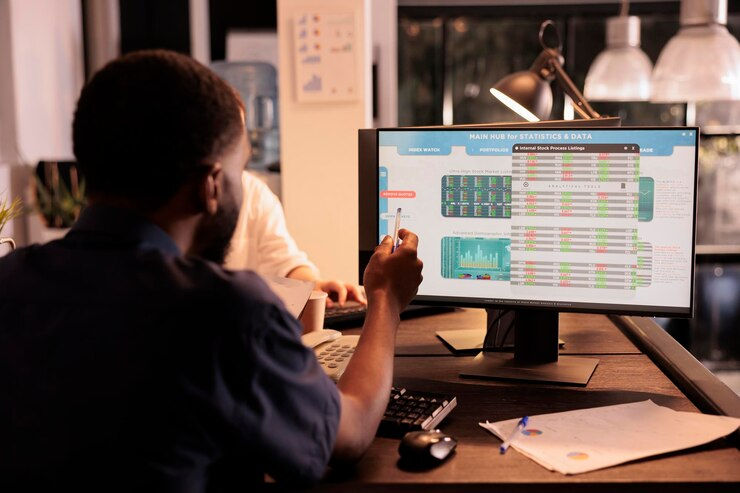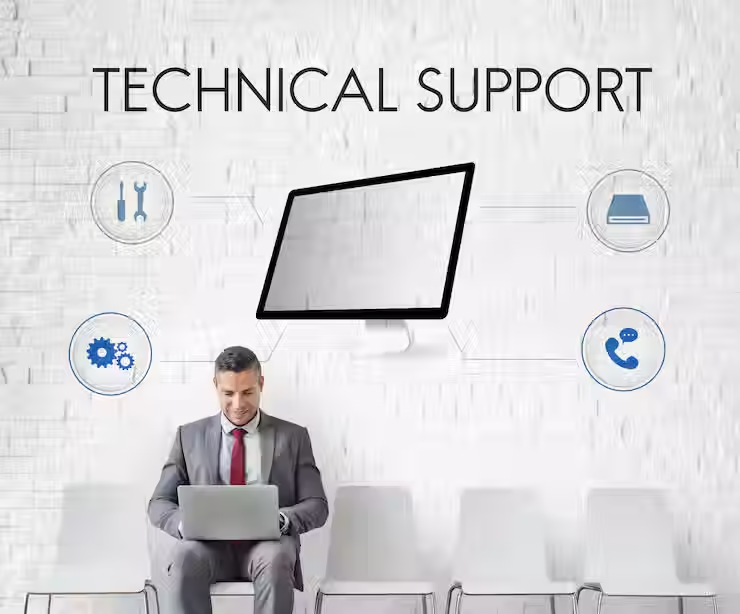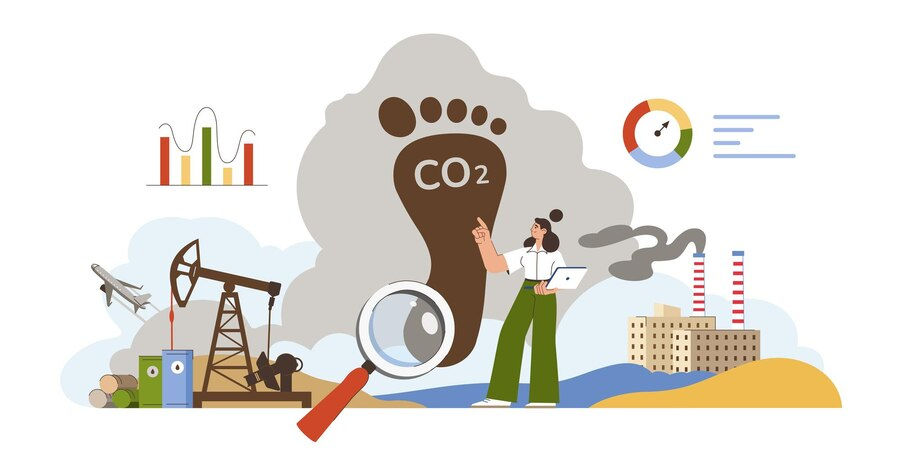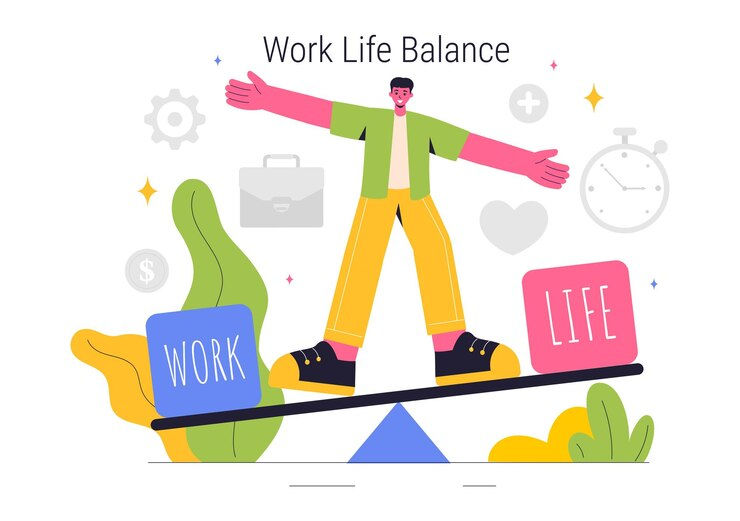The Impact of IoT in Managing Remote Workforce: Improvement in Productivity and Team Coordination
- Web Services- Pearl Organisation

- Dec 26, 2024
- 3 min read
The Internet of Things (IoT) has been an evolving method that changes the way organizations
monitor and run their remote workforce. Through device connectivity and seamless
communication, IoT gives businesses innovative tools for monitoring, supporting, and improving
productivity and collaboration. With the increasing trend in remote work, the role of IoT in
bridging gaps and fostering efficiency has become essential. Here's how IoT changes remote
workforce management:
1. Real-Time Performance Monitoring

IoT devices enable employees to gain real-time insights into their performance by gathering and
analyzing data. Wearable devices and connected systems can track productivity metrics, which
will allow the manager to make proper decisions and give timely feedback to the employees.
2. Seamless Collaboration Tools

IoT-powered platforms enable remote teams to work together seamlessly. Smart conferencing
tools, virtual whiteboards, and IoT-enabled project management systems enable the employees
to share ideas and updates in real time, thus fostering team synergy.
3. Enhanced Communication

IoT supports continuous communication with connected devices. Be it smart headsets, or video
conferencing, IoT helps remote employees connect with their team members as well as the
manager.
4. Efficient Task Management

Task management tools that integrate IoT streamline workflow. With automated task
assignments, deadline setting, and progress tracking, a manager can oversee several projects
together without errors and with deadlines met.
5. Well-being of Employees

Wearable IoT devices track the health of employees, such as heart rate, stress levels, and
physical activity. This will enable the organizations to make wellness programs and healthy
working environments, leading to a productive workforce in general.
6. Intelligent Workspaces for Remote Workers

IoT enables smart, personalized, and efficient home office settings. Smart lighting, connected
thermostats, and ergonomic IoT-enabled furniture ensure comfort and productivity for remote
employees.
7. Simplified IT Support

IoT enables proactive IT management as it detects and rectifies technical problems remotely.
Smart sensors and IoT-based monitoring systems notify the IT teams of potential device failure,
which means that there will be minimal downtime.
8. Data Security

IoT ensures that the data security of remote workers is enhanced through the use of smart
authentication systems. IoT-enabled biometric scanners and encrypted data-sharing platforms
safeguard sensitive company information from breach.
9. Location Independence
IoT eliminates geographical boundaries by allowing employees to work and collaborate from
anywhere. This flexibility means businesses can access the best talent globally and increase
their workforce capabilities.
10. Efficient Resource Utilization

IoT analytics software offers insights into resource utilization, enabling business optimization of
costs. Starting from monitoring energy usage at home offices to virtual resource management,
IoT ensures efficient allocation.
11. Lower Carbon Footprint

IoT supports remote working through energy efficiency. Smarter devices consume less power.
The remote working culture alone reduces the need for commuting, thus contributing to a
greener environment.
12. Improved Work-Life Balance

IoT enables flexible working schedules with the help of automation and accessibility of essential
systems remotely. This flexibility enables the staff to maintain a healthy work-life balance while
staying productive.
13. Increased Scalability
IoT systems give businesses the flexibility to scale their remote workforce operations as
needed. Connected platforms provide the ability to onboard new employees seamlessly while
still managing larger teams with the same efficiency.
Conclusion
IoT is revolutionizing remote workforce management through increased productivity,
collaboration, and employee well-being. With real-time insights, seamless communication, and
smart tools, IoT empowers businesses to thrive in a remote work environment. As IoT
technology continues to evolve, the impact on remote workforce management will only grow,
making the way for more efficient and connected workplaces.
.png)







Comments